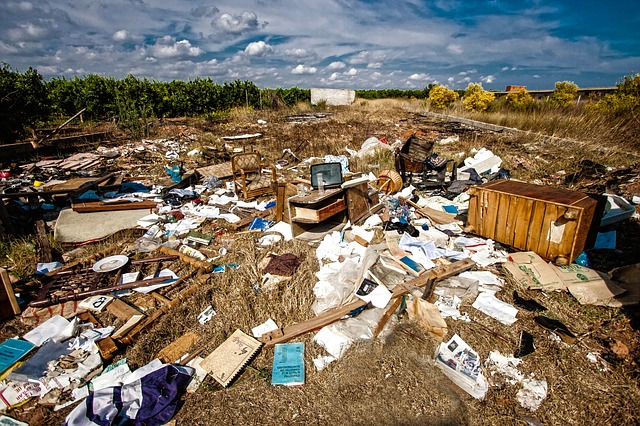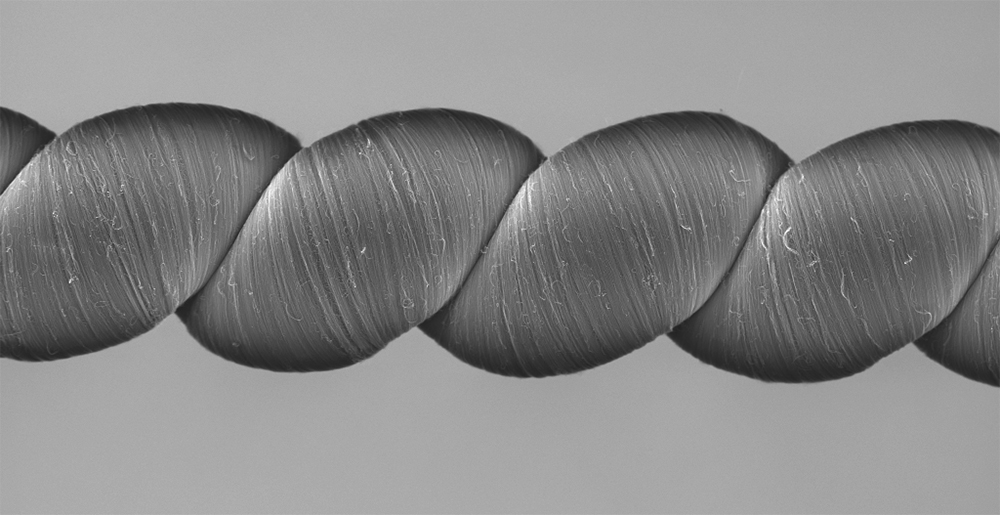Swedish researchers have discovered a method of harnessing and storing the hydrogen released from landfill incinerator ash.
Usually the ash is used to covered landfills or can also be used in the manufacture of construction equipment but scientists at Lund University have presented new information in a thesis that shows how hydrogen omitted from the ash can be collected.
The technique involves dampening the heavy grit-like bottom ash from an incinerator with water, and in an oxygen-free environment. This will allow the oxygen to release quickly from the ash where it can be collected and stored.
Aamir Ilyas is the author of the study and Doctor of Water Resources Engineering at the university. “The ash can be used as a resource through recovery of hydrogen gas instead of being allowed to be released into the air as at present. Our ash deposits are like a goldmine”, he said.
According to Lund University, the technique has “significant potential”, totalling 20 billion litres of hydrogen gas a year, or 56 gigawatt-hours (GWh). The researchers claim that the technique could ultimately provide enough electricity to power around 11,000 detached houses. Hydrogen gas’ power potential has been explored more and more over the years by researchers.
“There will not be one universal solution that will be used to generate energy. We need to find a number of solutions”, added Kenneth M. Persson, Professor of Water Resources Engineering at Lund as well as one of Ilyas’s supervisors for this study.
More about the study here.







